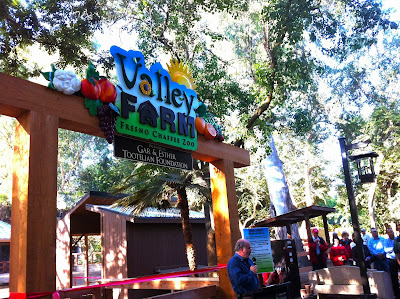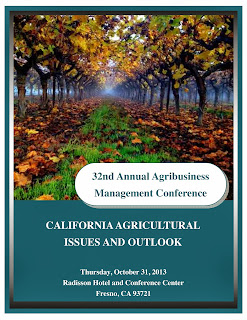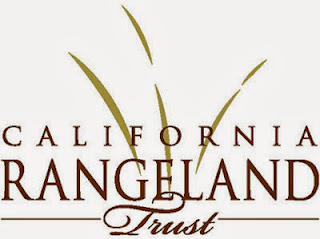California Minimum Wage Increase
Winegrape Demand Is Down
Current Crimp in Winegrape Demand
 |
| Nat DiBuduo |
Constellation Wines
NEW DELTA PROTECTION COMMISSION CHAIR
Announced TODAY by the State of California Natural Resources Agency, Larry Ruhstaller, a Member of the San Joaquin County Board of Supervisors, has been chosen to serve as Chair of the Delta Protection Commission effective Tuesday, Oct. 1. Mary N. Piepho, Supervisor for Contra Costa County, was elected to serve as Vice Chair.
Ruhstaller has served as the representative for San Joaquin County on the Commission since 2007. When elected at the September 26th meeting of the Commission, the new Chair accepted stating, “the Sacramento-San Joaquin Delta is one of the state’s most precious natural resources. Decisions made by the Delta Protection Commission can greatly affect the environmental, economic and agricultural health of our region. I am honored to be selected as Chair by my peers, and look forward to an exciting and productive year.” Don Nottoli, a Member of the Sacramento County Board of Supervisors, stepped down as Commission Chair after completing 2 consecutive terms. Nottoli will continue to serve as a Commission Member. The Commission Chair also serves on the Delta Stewardship Council board. The Delta Protection Commission, created under the 1992 Delta Protection Act, is a State Commission comprised of 15 members representing Delta cities and counties, reclamation districts and water agencies, and State agencies. The Commission provides a forum for Delta residents to engage in decisions regarding actions to recognize and enhance the unique cultural, recreation, and agricultural resources of the Delta. The Delta Protection Commission meets every other month at locations throughout the Delta. Meeting notices and other information about the Commission is available at http://www.delta.ca.gov. |
STOPPING METAL THEFT
Legislation Aims to Fight Metal Theft
Copper wiring stripped from irrigation pumps, disappearing brass fixtures, stolen steel pipes—for farmers and ranchers, the chronic theft of metals continues to be a costly problem with no end in sight, according to the California Farm Bureau Federation.
“We have worked for a number of years on metal theft and despite our efforts, there are still really high rates, so we are trying to focus on giving law enforcement more resources so they can address the problem,” said Noelle Cremers, California Farm Bureau Federation director of natural resources and commodities. “There are stringent laws on the books to prevent metal theft and this will help provide resources to make sure that those laws are enforced.”
RAISIN GROWERS STILL WAITING FOR PRICE
 |
| Fresno County Raisin grower gets the job done. |
EARLY HLB DETECTION SOUGHT
A NEW PEST, BAGRADA BUG IS NOW IN FRESNO COUNTY
CALIFORNIA RANGELAND TRUST IN FORWARD-LOOKING PARTNERSHIP WITH RETAILER
California Rangeland Trust Partners with Whole Foods for Donation
CHAFFEE ZOO VALLEY FARM EXHIBIT
 |
| The entrance to the exhibit designed by Heather Davis, with Chaffee Zoo. |
Today, local agricultural leaders gathered at Fresno’s Chaffee Zoo to enjoy the official opening of the new Valley Farm Exhibit at the former Small Wonder’s area of the zoo.
 |
| The crowd listens to Scott Barton, Chaffee Zoo Director. |
 |
| Crops Growing at the Valley Farm Exhibit. |
“When you talk about agriculture being the economic engine, it’s important to know that every dollar generated on the farm typically generates $3.50 in the local economy,” said Jacobsen. “When you talk about Fresno County, which alone generates $6.6 billion, and then add in Kings, Tulare, Madera and Merced Counties, we are talking about an economic impact of more than $60 billion. Kids in the middle of the urban environment need to understand what we do and how we do it.”
 |
| CSUF President Joseph Castro |











